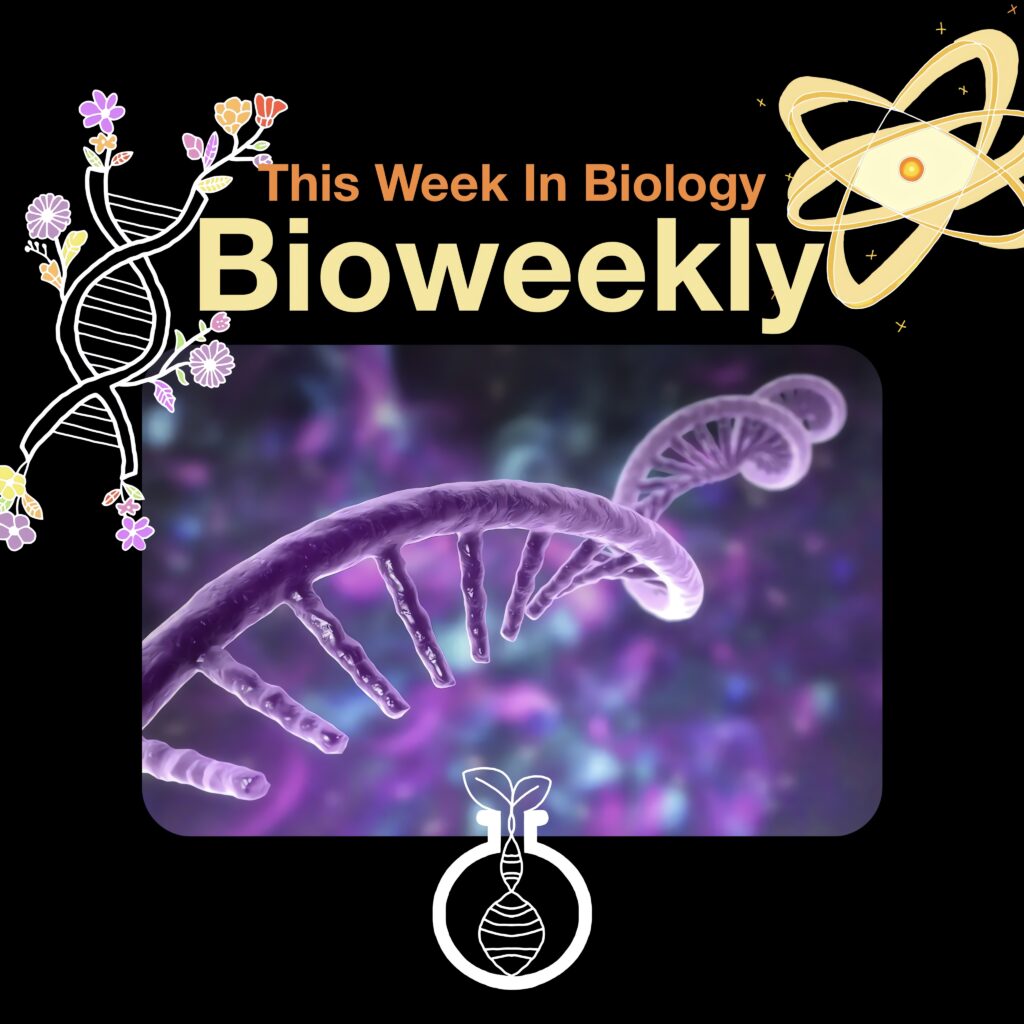This week in biology, researchers take groundbreaking steps toward treating brain diseases with gene-targeting drugs, complete the most detailed brain map to date, and bring artificial skin closer to reality with a hydrogel made from cold-water fish. Let’s dive into the discoveries shaping the future of medicine, neuroscience, and tissue engineering!
As always, you can find all of the sources in this article right below each story.
A Shot to the Brain? The Future of Gene Therapy Is Here
Scientists have developed a breakthrough molecule called Chol-HDO, a cholesterol-modified DNA strand that can cross the blood-brain barrier. Delivered through simple injections, it targets genes inside the brain, opening the door to treat complex diseases like Alzheimer’s, ALS, and even brain tumors. Unlike older methods that required direct injection into the brain, this technique is less invasive and far more efficient. It marks a huge step forward in the world of gene therapies and brain health. Could we soon treat neurological disorders with just a shot? The future is closer than we think.

Dive into the full news through here
1 Billion Synapses, 1 Mind-Blowing Map: Inside the Brain’s Wiring
A tiny slice of a mouse brain, just 1 cubic millimeter, has been mapped in unprecedented detail. This map shows 200,000 brain cells connected by a stunning 523 million synapses. It’s the largest 3D brain map ever made, and it helps scientists understand how brain cells connect, store memories, and even shape our thoughts. Hidden patterns and unexpected cell types were discovered too. This level of detail could revolutionize neuroscience, leading to better brain-computer interfaces and deeper insights into mental health. The brain’s secret wiring is finally being revealed, neuron by neuron.

Dive into the full news through here
Fish Skin 2.0? Scientists 3D-Print Skin from the Sea
Forget silicone, cold-water fish might be the future of artificial skin. Scientists 3D-printed skin using fish gelatin, creating a non-toxic, non-swelling, and customizable skin layer. Unlike animal-based materials that can trigger immune reactions or degrade quickly, fish gelatin is safer and more adaptable. This bio-skin mimics real human skin, making it ideal for wound healing, drug testing, and even wearable tech. The best part? It could be easily adapted for personalized medicine. From the sea to the lab, this new bio-material might just help millions heal better and faster.

Dive into the full news through here
Thank you for diving into this week’s news with us. We hope you enjoyed uncovering these fascinating updates as much as we did. Be sure to return next week for more exciting discoveries from the world of science. Until then, stay curious and keep exploring!


My name is Ali Emre Cabadak, a dedicated biology enthusiast currently pursuing my studies at Marmara University, where I am majoring in Bioengineering. As a passionate advocate for scientific discovery and innovation, I am the founder of Biologyto. My goal is to bring the wonders of biology closer to everyone and inspire a new generation of thinkers and innovators. Through Biologyto, I aim to write scientific articles that delve into the fascinating world of biology, sharing insights and discoveries that inspire curiosity and innovation.





